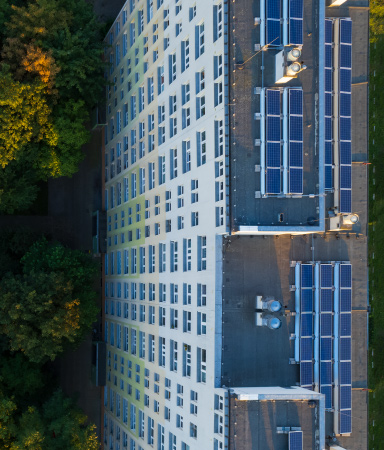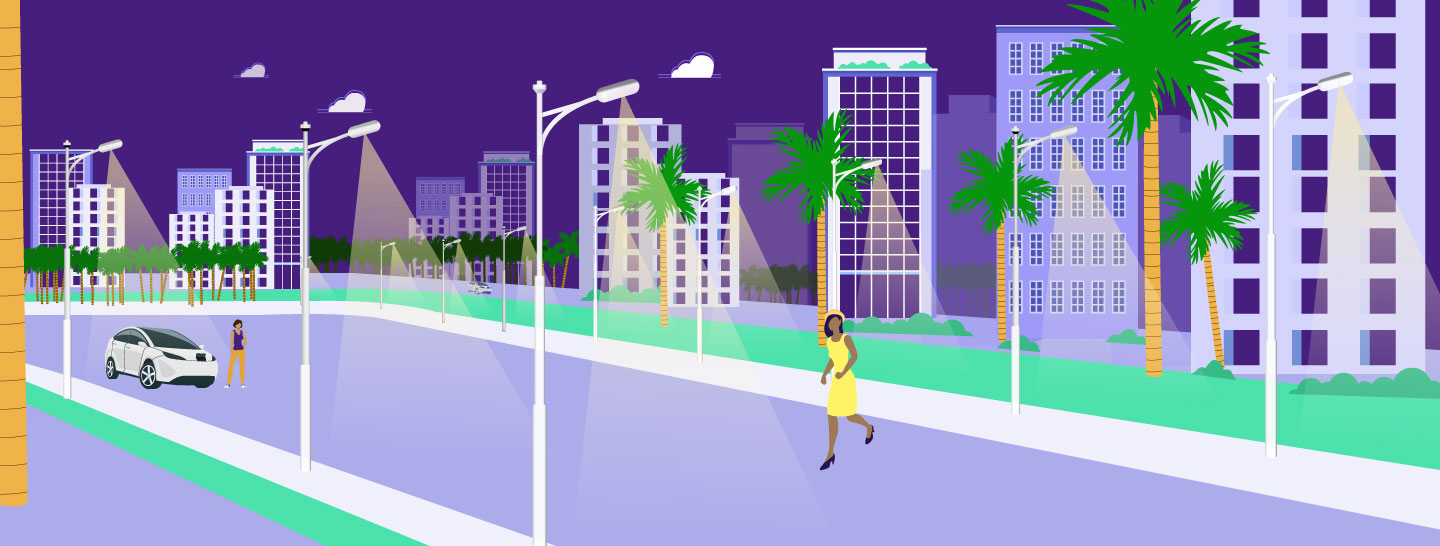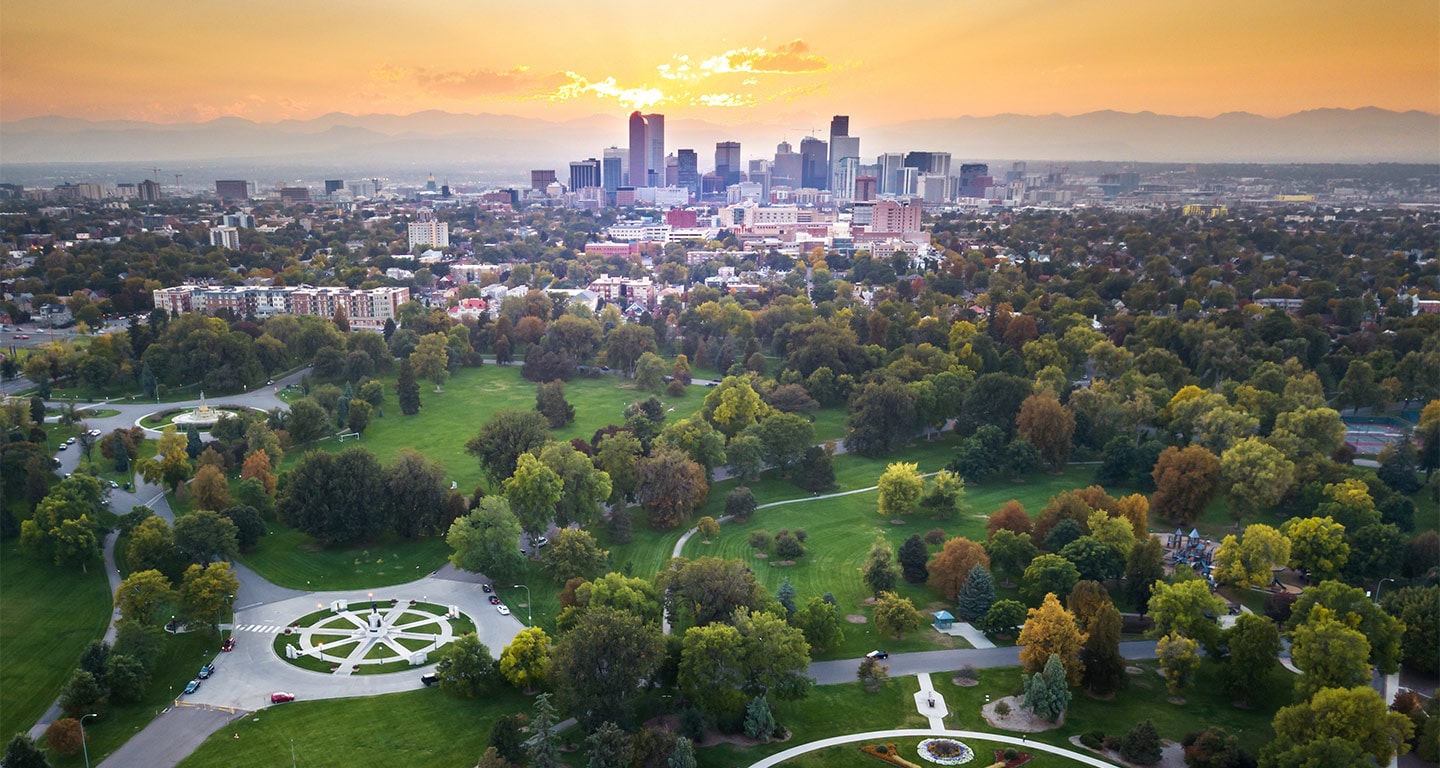
What are the types of urban regeneration?

There are many approaches to urban regeneration, each focusing on specific issues:
- Economic regeneration, as the name implies, focuses on supporting business growth in a community, through initiatives that - among others - aim to promote startups, employment, skills development and earnings growth. By improving the economic climate in an underprivileged part of a city, economic regeneration helps attract private investment, encourage business relocation and residential development. A classic example of an economic regeneration project is the creation of public transport hubs in underserved areas that attract businesses, consumers and residents.
- Social/cultural regeneration places the focus squarely on promoting arts and culture, health and wellbeing, education and skills development and families. The aim in this case is to create opportunities for afflicted areas’ residents to contribute fully to community life and wider society in a more meaningful and collective manner. Examples of successful social/cultural regeneration projects include the opening of museums and cultural centers in underprivileged neighborhoods, which then act as drivers for business development.
- Environmental regeneration projects put the focus on land renewal through recovery of derelict land and environmental improvement. Effective approaches to environmental regeneration include the creation of public parks, redevelopment of brownfield sites (previously developed land that is not currently in use) and support for environmentally-focused projects that promote healthy behavior like recycling, bike riding, walking and using public transportation.
What are the advantages of urban regeneration?
Urban regeneration is recognized as one of the most comprehensive and effective tools that governments can use not only for driving economic development, but also for promoting more inclusive, resilient, safer and sustainable cities.
It is a process that creates many benefits for all stakeholders in a community, including:
- Preventing the urban fabric from starting - or continuing - to deteriorate by improving physical, economic and social infrastructure;
- Generating jobs, thanks to the arrival of new businesses, thus improving livelihoods;
- Enhancing access to public services and transportation, which facilitates residents’ integration into - and connection with - the rest of the urban space.
- Increasing value of commercial and residential properties;
- Generating energy savings that lead to reduced C0₂ emissions
- Enhancing local buildings, leading to prettier neighborhoods.
How can regeneration solve urban problems?
Successful urban regeneration projects can transform, strengthen and regenerate troubled areas, acting as catalysts for further investments that benefit local communities. By concentrating public resources and private investments on specifically designated areas, these can become very appealing to businesses and new residents, attracted not only by retail and residential property requalification, but also by cultural projects aimed at transforming a city into a center of urban recreation.
Such organized and coordinated action injects new vigor into suffering urban areas, by redeveloping and expressing their full potential, generating beneficial effects to the community and all stakeholders.
Issues addressed by regeneration projects include, but are not limited to:
- Lack of identity of a residential area;
- Lack of public spaces and high urban density, which impedes the realization of certain types of crucial city development projects, like widening roads to improve mobility or creating more green areas and public spaces;
- Increasing energy efficiency in redeveloped buildings, thus helping to reduce harmful emissions and improving overall health.












